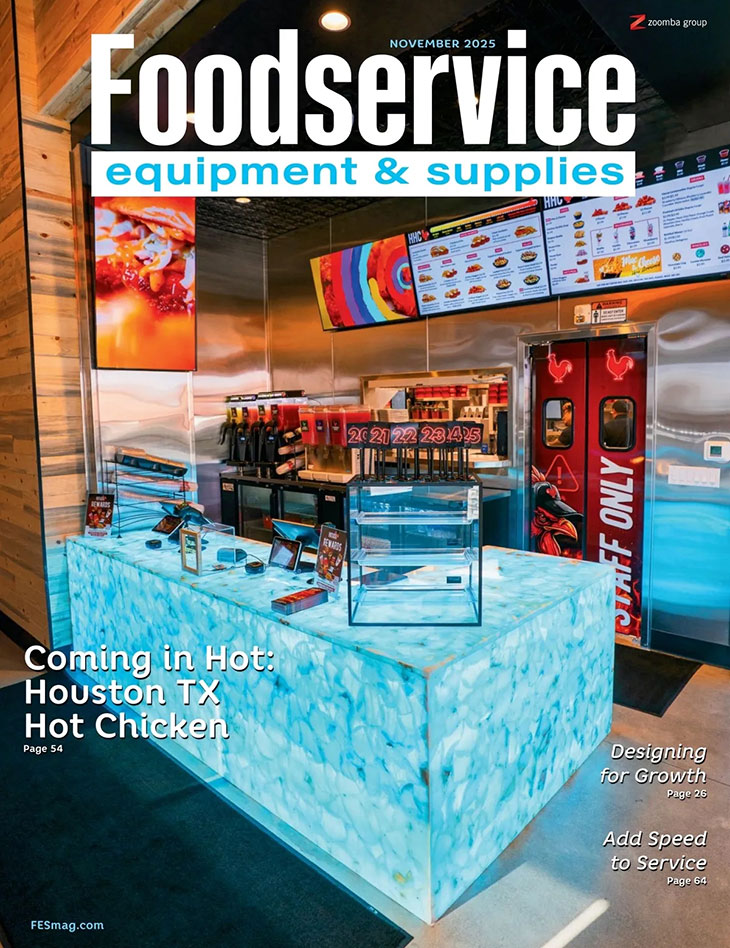Content sponsored by: Heritage Parts
Equipment in the kitchen plays a vital part in delivering a superior product. Technology and equipment are being asked to do more as today’s kitchens get smaller. For example, a combi-oven brings convection, steam, and the combination of the two, providing quick cooking solutions. Digital controls on equipment provide intuitive operation through pre-settings and informational feedback for kitchen employees. Ultimately, technology helps us take better care of the equipment and triage problems. Because equipment is being asked to do more with less redundancy, the operator can lose a significant portion of the menu when it fails, making aftermarket parts and service an important component of the operation.
Maximizing equipment uptime is critical to running an efficient kitchen and creating overall customer satisfaction. If the equipment goes down, how quickly the repair can be made impacts the ability of the business to serve its customers. How quickly you can identify the problem and order the right part directly impacts the bottom line.
We can now improve fix rates by providing digital solutions that put critical information at the fingertips of the repair technician or service company. Through emerging foodservice technology, we can enable a positive service experience each time.
At Heritage, we see five distinct areas in the kitchen where technology is having a direct impact on the customer experience:
- The growing use of technology in the kitchen can determine both planned maintenance needs and repairs that arise in a much more efficient and effective manner than ever before. Equipment can be fitted with technology that allows service personnel to plug right into it to determine what problems might be occurring just by running diagnostics. Bluetooth and Wi-Fi enabled technology allows remote access to performance and service data so it can be reviewed prior to service to order the right parts.
- Mobile technology provides connection to needed resources, access to information, and ability to make on-the-spot purchases of needed parts. Mobile applications tap into the technology native to the device such as the camera. Taking a photo of the part, which needs to be replaced, can make communication faster and more accurate.
- Having access to online videos and tutorials at any time or place can offer service technicians needed information to complete a repair. Parts distributors also have manuals and resources online to help the technician research issues or determine next steps.
- Image viewing features available on some eCommerce sites allow customers to view parts in high-definition and rotate 360 or 720 degrees capturing all of the relevant information. Accurate parts identification is critical to successful service repairs and 3D online visualization tools eliminate the confusion often associated with online parts ordering by giving customers a dimensional, multi-angle, zoomable view of thousands of parts.
- Operational software, such as inventory automation solutions, track on-shelf or on-truck parts stock, taking the guesswork
Heritage Parts has the largest inventory of Genuine OEM parts in the country, and boasts more than 99 percent parts identification accuracy and same-day shipping from 10 distribution centers across North America. Ordering parts from Heritage is the fastest way to get the right part for your equipment to minimize downtime and ensure customer satisfaction.
You should expect the same convenience and speed from your parts supplier that you receive from modern, on-demand services and one-stop shopping websites. Call 1-800-458-5593 to speak with your dedicated parts expert, or visit HeritageParts.com to order parts anytime.



